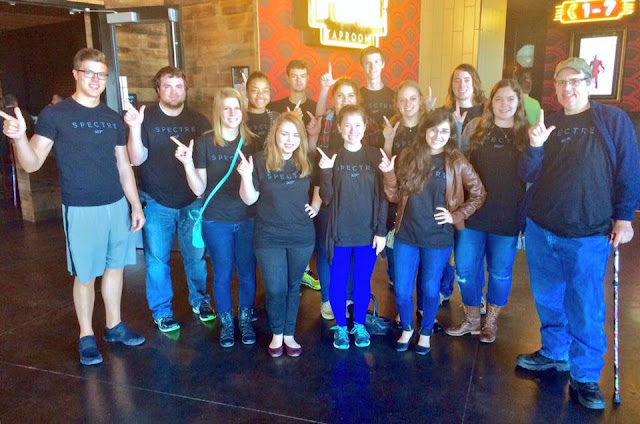As you may have noticed, several of my blog posts this semester had to do with my current public relations class, which focuses on digital and online public relations.
For this final post of the semester, I will answer 5 questions from my professor to evaluate my digital engagement this semester.
Question 1: Reflecting on the assignment to identify a firm, key influencers, a job and skills needed to be a successful candidate, do you feel more or less prepared to succeed after taking this class?
Let me start by clarifying that I took this professor’s content development class this summer, and am also working as a social media intern for Texas Tech University’s Office of Communication & Marketing.
I’ve encountered the majority of ideas discussed in this class before, whether from a previous class or through my job. I started this semester with a blog, unified social media profiles, a Klout score above 55, and a pretty thorough understanding of how to use Hootsuite and the features that accompany it.
That being said, this class did require me to polish my accounts and profiles a bit more and create content for this blog on a consistent schedule. In that way, I think this class will contribute to future success in the digital sphere.
Question 2: Discuss how your blog and the information you are sharing with others through social media is enhancing your online reputation – both personally and professionally.
What would be the point of having a blog if I didn't post anything?
I am not the most consistent blogger, almost constantly putting other things first like class, work, friends, sleep, and so on. Even when I am blogging, my blog’s content is generally more for my friends and not relating to the fields of public relations or content development.
By writing and sharing about these fields more this semester, I have been engaging more with other people and letting them know that I have opinions and input to add (which is good).
Question 3: Discuss the characteristics that have helped build your online reputation (ex. personality characteristics, information sharing behavior, engaging consistently and professionally with followers and others through social media, etc).
I act a little differently on various social media platforms.
My personal brand on Facebook, Instagram and Snapchat are all about interacting and engaging with friends on a consistent basis, taking pictures of new things I try and with people I engage with.
On Twitter and LinkedIn, I follow a lot of high-powered professionals who focus on public relations, content and social media, and I interact with their posts by liking, commenting, and sharing. I don’t have many engaged followers to interact with, although I’m sure that will change eventually.
Question 4: Which Hootsuite report did you choose to run? Discuss results.
I ran the detailed twitter engagement report. It seemed like a good way to visualize how I’ve actually been doing on Twitter, and the results were both disappointing and eye-opening.
My growth in number of followers on Twitter has been pretty sporadic. While I definitely have more now than I used to, there have been large periods of time when people unfollowed me. It also appears that my content is not popular enough to be retweeted or for my personal brand to be mentioned. These are some things to work on in the future.
Question 5: What were your perceptions before and after this assignment in regards to online reputation management (AKA Digital Footprint)?
I knew that it was important to have an influential digital footprint, and I’ve built up a pretty decent Klout score this year (which shows that I influence a good number of people).
While working on Texas Tech’s social media, I analyze the university’s influence and the influence of its competitors on a monthly basis. I understand how to present a unified brand tone with specific hashtags and keywords, while posting engaging content and interacting with followers and potential followers.
In that regard, my perceptions of online reputation management haven’t really changed, although I’ve come to understand more of the nuanced differences in managing a large brand’s digital footprint and managing my own personal digital footprint.






















